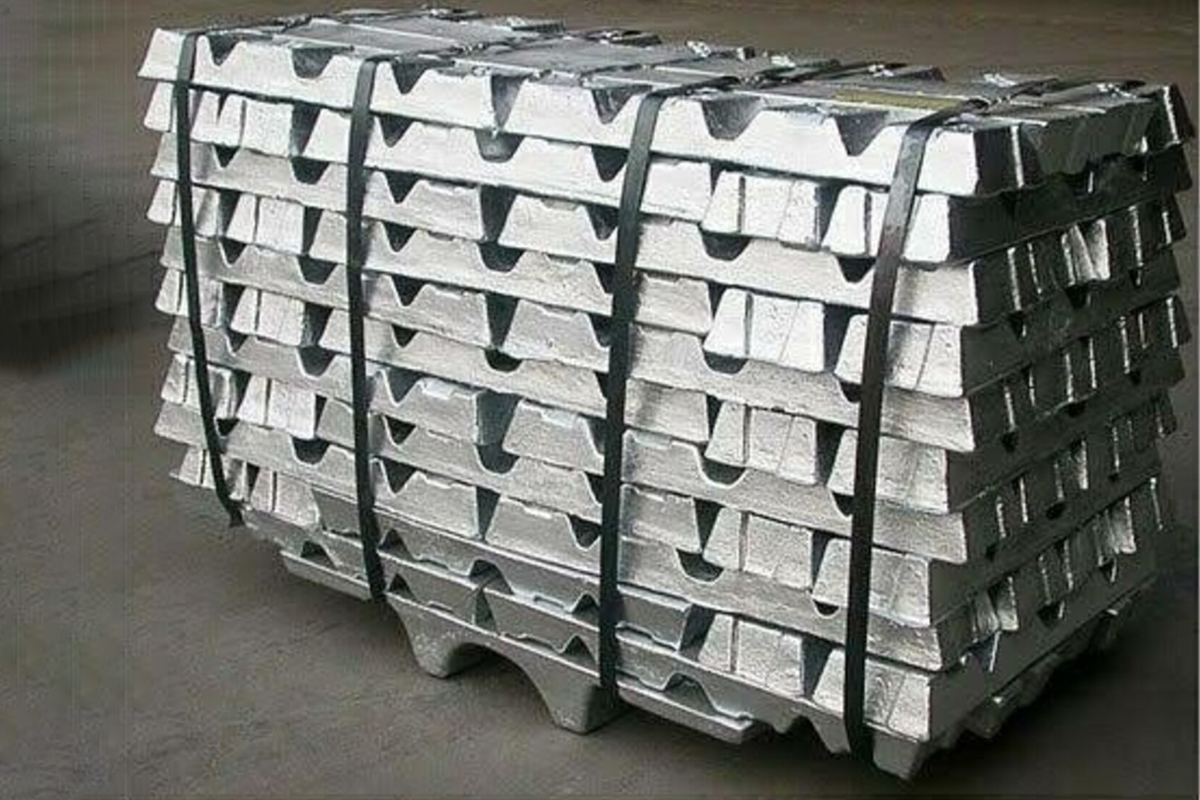Brochure
Download our document to see specific data of the service and how we work.
Let’s Start Work
Together
Please feel free to contact us. We will get back to you with 1-2 business days. Or just call us now.

What are Tin-Lead Alloys?
Tin-Lead Alloys are binary alloys composed primarily of tin (Sn) and lead (Pb). These versatile alloys are known for their low melting points, excellent corrosion resistance, and superior wettability, making them essential in various industrial applications. The specific ratio of tin to lead can be adjusted to tailor the alloy’s properties to meet specific requirements.
Key Properties of Tin-Lead Alloys
- Low Melting Point
Tin-Lead Alloys have low melting points, typically ranging between 183°C to 300°C, depending on the composition. This property is particularly beneficial for applications that require melting at lower temperatures, such as soldering and sealing.
- Corrosion Resistance
These alloys exhibit excellent resistance to corrosion, ensuring durability and longevity in applications exposed to harsh environments. This makes them ideal for use in marine, automotive, and electronics industries.
- Good Wettability
Tin-Lead Alloys possess superior wettability, which is crucial for creating strong, reliable joints in soldering applications. This ensures a seamless connection in electronic components, providing stability and conductivity.
- Ductility and Malleability
The alloys are highly ductile and malleable, allowing them to be easily shaped and formed without cracking or breaking. This property is essential for manufacturing processes that require flexibility in material shaping.
- Electrical Conductivity
Tin-Lead Alloys offer excellent electrical conductivity, making them ideal for use in electrical and electronic applications where efficient signal transmission is critical.
Applications of Tin-Lead Alloys
Soldering
One of the primary uses of Tin-Lead Alloys is in soldering. The low melting point and excellent wettability make these alloys perfect for joining electrical components on printed circuit boards (PCBs). Common compositions used in soldering include 60/40 (60% tin, 40% lead) and 63/37 (63% tin, 37% lead), known for their eutectic properties, which provide a sharp melting point for precise application.
Plating
Tin-Lead Alloys are also used in plating applications, where they provide a protective coating to prevent corrosion and enhance the durability of metal surfaces. This is particularly useful in the automotive and aerospace industries.
Batteries
In the battery industry, Tin-Lead Alloys are used in the manufacturing of battery grids and terminals. The corrosion-resistant properties and good electrical conductivity ensure reliable performance and longevity of batteries.
Bearings and Bushings
These alloys are utilized in the production of bearings and bushings due to their excellent lubricating properties and ability to withstand high loads and temperatures. This application is vital in automotive and heavy machinery industries.
Radiation Shielding
Tin-Lead Alloys are effective in radiation shielding applications. The high density and specific properties of lead make these alloys suitable for protecting against radiation in medical and industrial settings.

